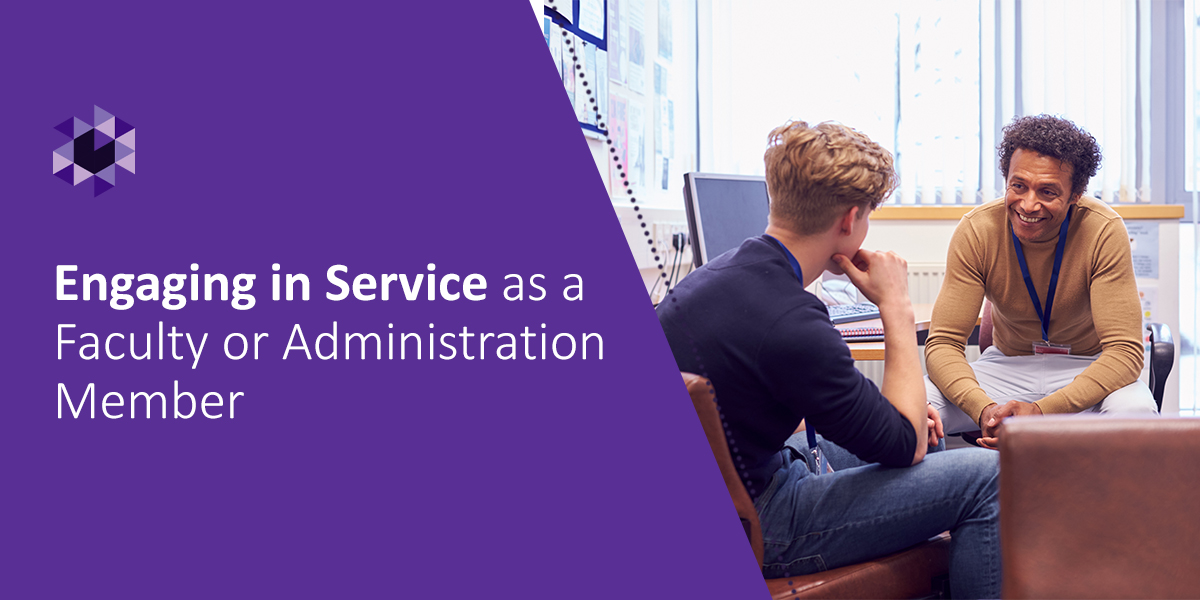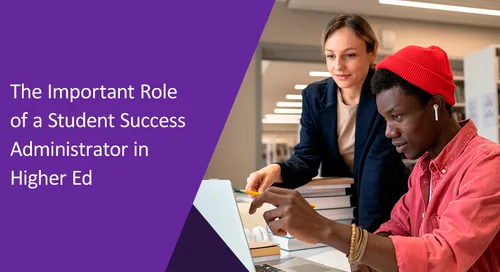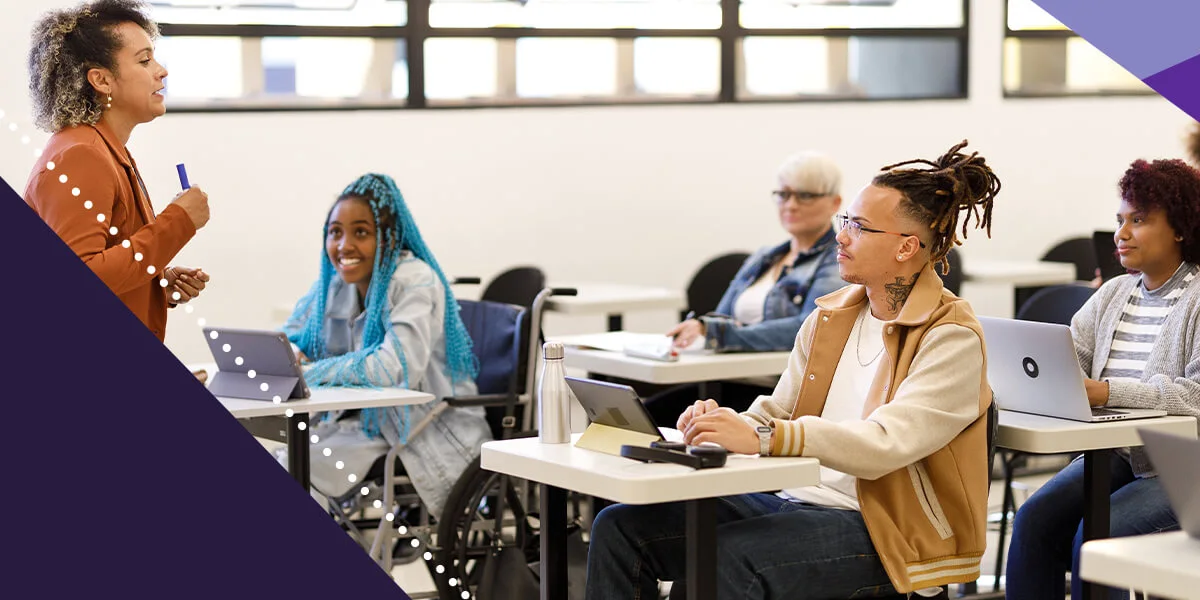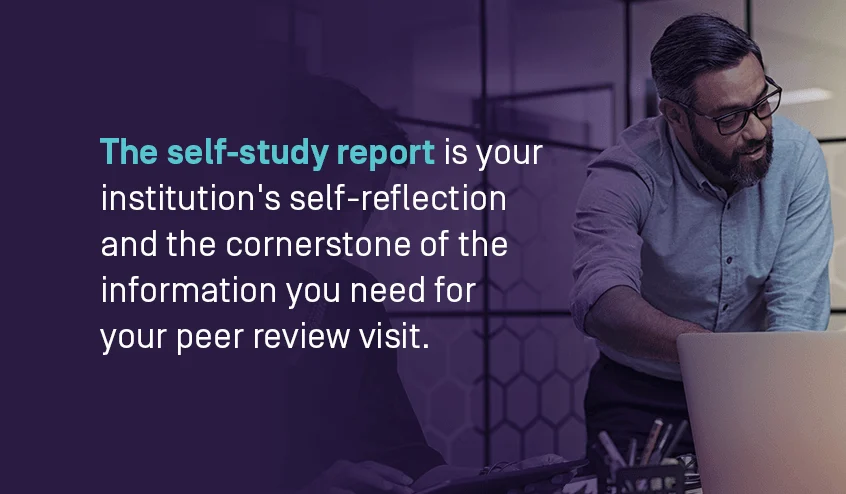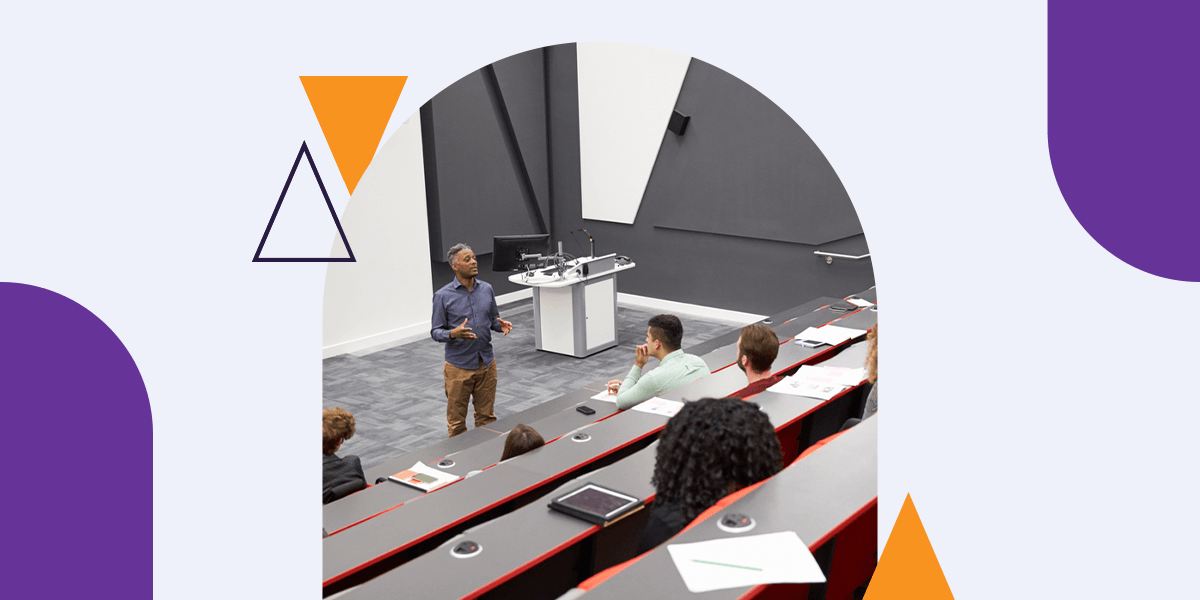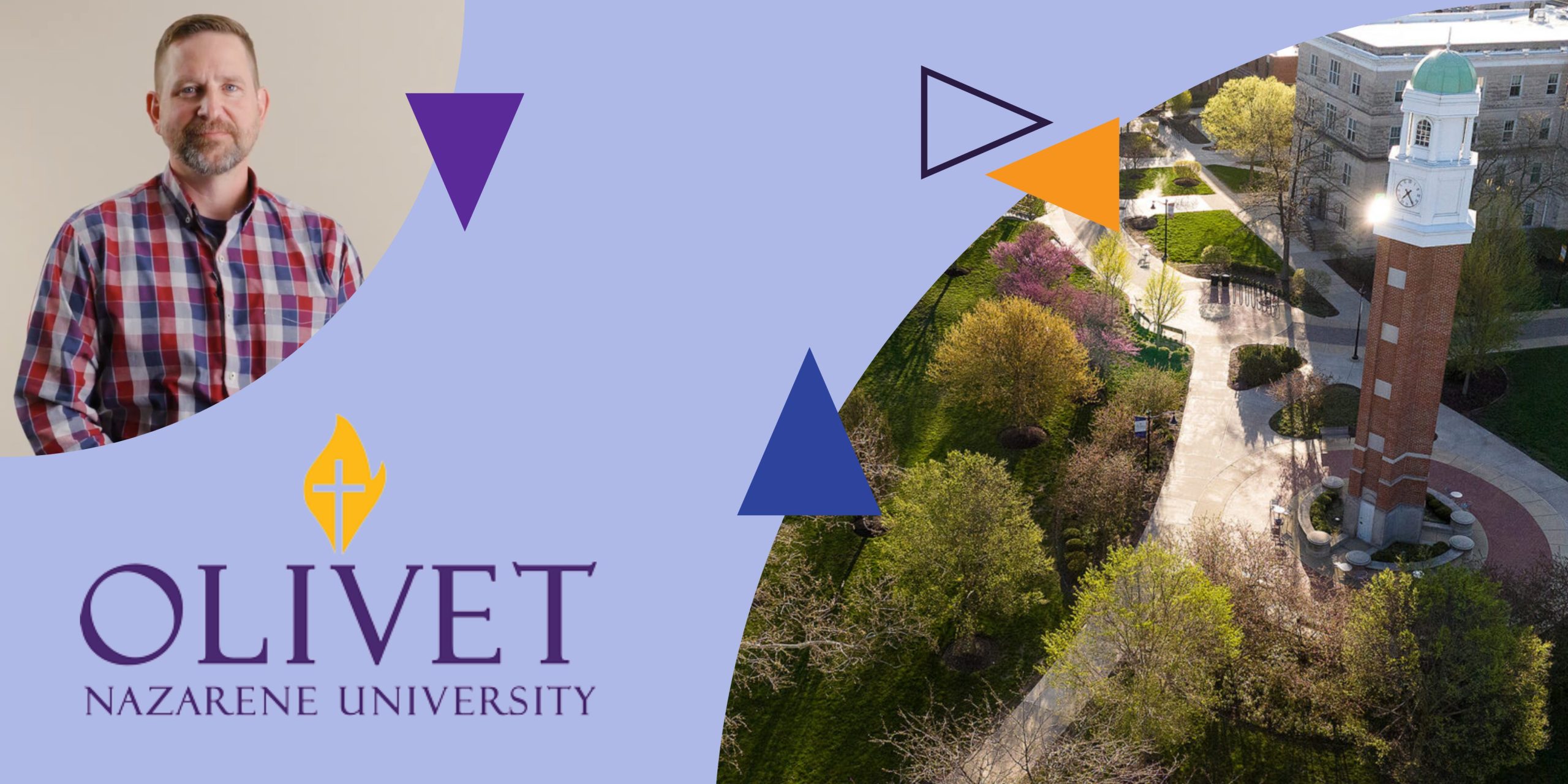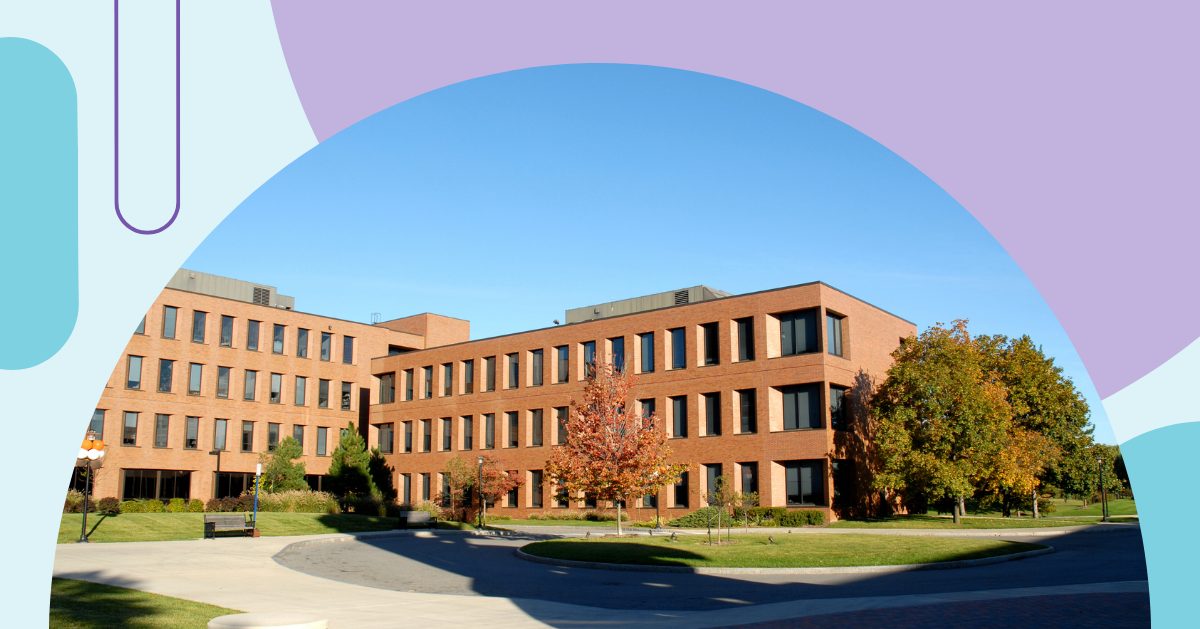
As a certificate program administrator, it’s important to measure program offerings against student progress. Doing so ensures that programs correctly equip students with job-ready skills and knowledge. It also creates an opportunity to ensure you provide students with the correct support resources.
Certification programs have become more popular recently. Certificate completion rates rose to 11.2 percent in 2023–24. The main cause was that students either prefer to reskill in a new field or want to launch directly into a career. Tracking student progress enables your institution to cultivate success for your students in this evolving landscape. Explore the importance of student progress monitoring in technical certification programs, plus learn seven strategies for tracking student progress.
Importance of student progress monitoring in technical certification programs
Progress monitoring can impact your institution’s larger strategy for achieving its objectives. Technical education tracking ensures the program aligns with industry standards as well as helps you improve certification pass rates and refine programs with data-driven decisions. The core benefits of student progress monitoring are:
- Identify skills and knowledge gaps: When monitoring progress, administrators can identify improvement areas in the program that will reinforce student learning. As a result, the institution enhances the quality of its programs to close specific skills and knowledge gaps.
- Enhance learning outcomes: The right student progress tracking strategies enable students to understand their growth areas and reflect on their journey. This self-awareness helps them take control of their education and use actionable feedback to improve.
- Boost engagement and motivation: When institutions use their progress tracking information to inform students how well they are doing, they become more engaged. Students start actively participating and working hard to improve their results.
- Drive higher course completion rates: When faculty members monitor progress and convey it to their students, the finish line feels more reachable. Accomplishments at each completed step build momentum and encourage them to finish the program.
7 strategies for tracking student progress
Consider using the following strategies to enhance technical education tracking and student success.
1. Define learning objectives clearly
Before tracking student progress, you need to outline specific learning objectives that help you measure student success. What do you want them to learn? How will you measure their learning outcomes? Develop clear, measurable goals for each unit and course.
Use these objectives to assess student progress throughout the learning journey. Faculty members can then design assessments, rubrics, and course content to track progress more effectively. It’s helpful to communicate these objectives and expectations to students to ensure they know what to work toward.
2. Use formative assessment techniques
Track student progress with numerous assessment methods. Formative assessment should include ongoing, low-stakes assessments that allow faculty to check in on student learning. Consider these formative assessment options:
- Quizzes: Faculty can use quizzes and knowledge checks to assess understanding of key concepts. It also allows students to receive immediate feedback on their performance.
- Hands-on training: Practical and hands-on activities enable faculty to evaluate student performance based on specific skill criteria while helping students reinforce theoretical knowledge.
- Peer assessment and feedback: Peer reviews encourage students to evaluate each other’s work. Provide structured feedback forms to guide them through the process.
3. Implement projects and exams
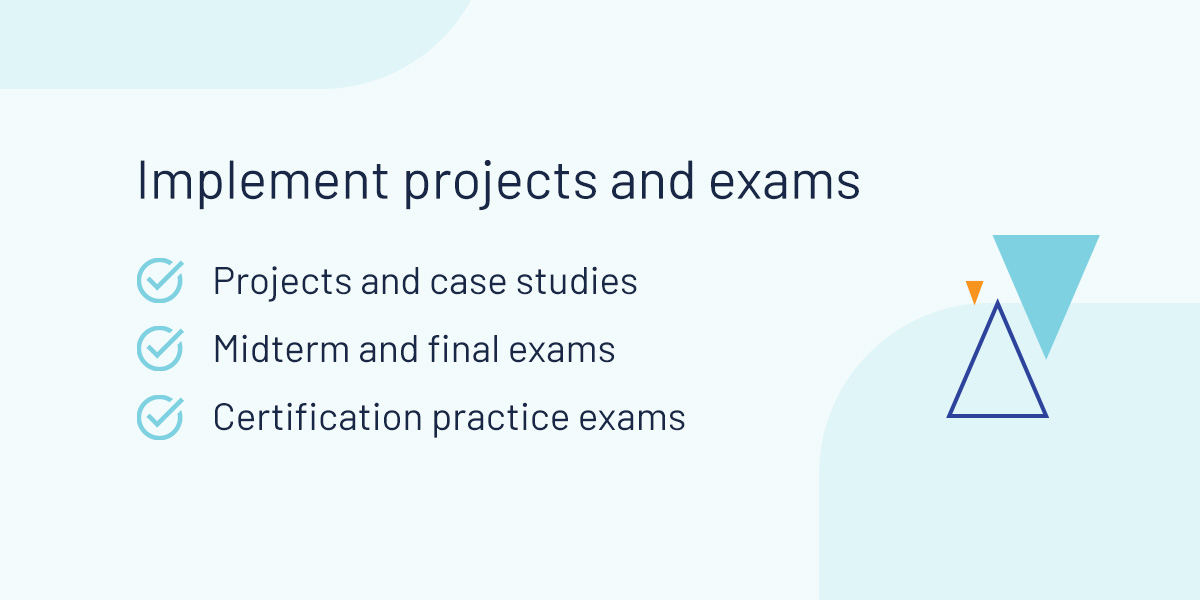
Use projects and exams for summative assessments. These should form the final evaluations that measure a student’s mastery of skills, learning outcomes, and content. You can choose from these options:
- Projects and case studies: Students apply the skills they learned to solve real-world issues. Projects and case studies allow faculty members to assess student performance based on project deliverables and outcomes.
- Midterm and final exams: These are more comprehensive assessments that evaluate a student’s overall understanding. Design these exams to mirror the content and format of certification exams.
- Certification practice exams: Use this assessment method to simulate the actual certification exam and environment. This exam will help you identify where students need additional preparation.
4. Track student progress with technology solutions
Consider implementing assessment and progress tracking solutions designed for higher education institutions. These platforms help automate certain processes and accurately track key performance indicators (KPIs) to help institutions make data-informed decisions.
A learning management system (LMS) helps you track student progress on quizzes, assignments, and exams. Student success and engagement solutions can identify at-risk students by identifying trends and patterns in student performance. Finally, skills assessment platforms objectively measure skills and competencies while generating reports. Some data may also provide you with actionable insights to ensure faculty members know what to do when performance rates drop.
5. Incorporate proactive intervention and support programs
Identify at-risk students early and create targeted support programs to help them get back on track. You can spot at-risk students through their level of engagement and participation. Your tools and reports should track these metrics via the completion and submission of assignments, attendance records, and the content they access.
Some support opportunities you could create include tutoring, mentoring, supplemental instruction, and extra-help peer support groups. Use these programs to offer personalized assistance. Encourage faculty members to regularly communicate with their students about their progress and address any concerns promptly. A real-life example of support services is when the University of Alabama used a network of services to support holistic student success. They did so through intentional partnerships, academic support services, and specialized support programs.
6. Offer timely and constructive feedback
Keep students informed and engaged with continuous, timely feedback on assessments. Faculty members can build trust and rapport via constructive feedback, as students feel discouraged by feedback that focuses on the negatives.
For this reason, you’ll want your faculty team to structure their feedback around strengths and improvement areas, rather than grades and scores. Instead of focusing on where they went wrong, emphasize actionable steps they can take to improve using specific and descriptive language. This feedback can be shared through email, video, an online platform, or an in-person discussion.
7. Regularly review assessment data
Regularly analyze data to identify trends and patterns in student performance. Use the information to inform instructional practices and program design. You can also leverage learning assessment metrics to make informed decisions about the curriculum and student support services offered. Make sure your decisions align with program goals and student needs.
Improve technical education tracking with Watermark Student Learning & Licensure
Student progress monitoring in technical certification programs helps institutions improve student retention and completion rates. If you’re looking to enhance student success rates, Watermark Student Learning & Licensure is a valuable solution that assesses the learning experience in the classroom and in the field.
Watermark solutions integrate with LMS platforms, making it easy to submit assignments and access results in one place. Our tool also helps you align assignments with rubrics and standards and provides instantaneous feedback about how students are performing. For improved assessment and student management, request a demo today.

Linked Sources:
- https://www.insidehighered.com/news/student-success/academic-life/2025/04/10/college-completion-growth-spurred-certificates
- https://www.watermarkinsights.com/solutions/student-learning-and-licensure/
- https://www.watermarkinsights.com/resources/blog/technology-essential-institution-faculty-student-success/
- https://www.watermarkinsights.com/solutions/student-success/
- https://www.watermarkinsights.com/solutions/assessment-projects/
- https://www.maine.edu/student-success/retention-and-student-success-best-practices-and-successful-initiatives/
- https://www.educause.edu/ecar/research-publications/student-technology-report-supporting-the-whole-student/2020/student-success
- https://www.watermarkinsights.com/resources/blog/optimize-instructional-capacity/
- https://www.watermarkinsights.com/resources/blog/strategic-enrollment-management-sustainable-enrollment/
- https://www.watermarkinsights.com/solutions/student-learning-and-licensure/
- https://www.watermarkinsights.com/resources/blog/tracking-progress-with-student-learning-licensure/
- https://www.watermarkinsights.com/request-demo/













































































































